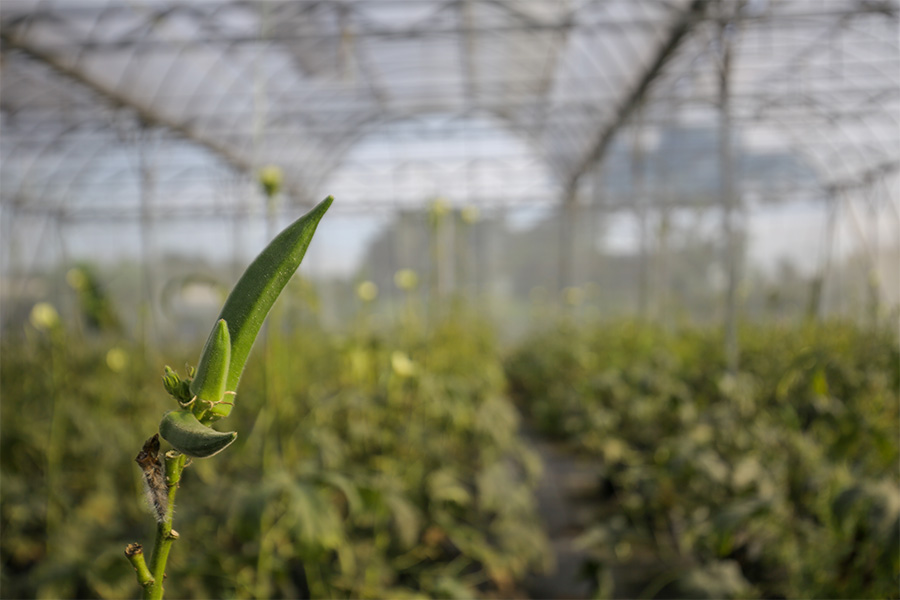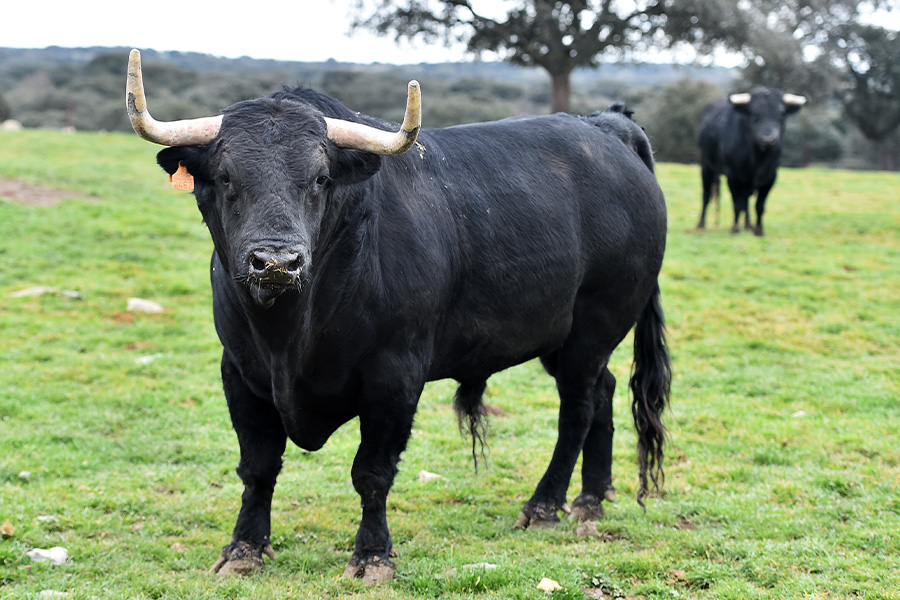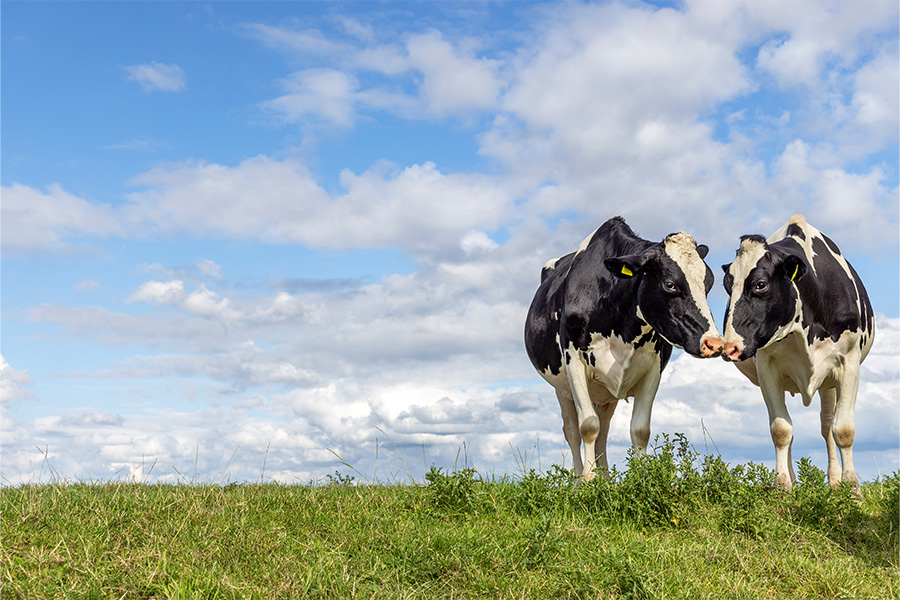-
The number of calves sold is a major source of income from a cow/calf operation. A high percent calf crop increases profit. Reproductive efficiency is the first factor to consider in a breeding program. A beef cow must conceive in the first 40 to 60 days of the breeding season, have a live calf unassisted, breed back to calve every 12 months, and raise a calf that is heavy enough to be profitable. To accomplish this, she must be managed correctly.
|
-
C 660
Growing African Violets
African violets are now among the most popular indoor plants. They are easy to grow and offer a wealth of beautiful flowers.
|
-

Okra is grown in every county in Georgia. Okra can be a profitable crop when recommended production practices are followed.
|
-
C 576
Dahlias
Dahlias are among the most spectacular flowers you can grow in your garden. Hundreds of varieties are available, with flower sizes ranging from 1 to 14 inches in diameter. Almost any color except true
blue can be produced in Georgia. In exchange for their beauty, dahlias require dedicated care. Most of them need special soil preparation, staking, watering during dry periods, disbudding and a
strict insect control program. This publication contains information about successfully growing dahlias in Georgia.|
-

C 553
Bull Buyer’s Guide
Bull procurement decisions can greatly impact your future calf crops and herd genetics for many years. Selecting and buying a herd bull is the quickest way to make genetic improvement in your herd. The selection process must include looking for those traits that are economically important and highly heritable. Demand and buy bulls with total performance that will improve your herd. This publication discusses factors to consider when purchasing a new bull.
|
-
This horticulture publication is about the commercial production of southern peas.
|
-
Producing more than 8 billion pounds of chicken meat requires the support of hatching egg producers. Hatching egg production is a very different business from broiler meat production, as it requires different management skills and greater labor commitments. Because of the uniqueness of the hatching egg business and the long-term investment demands for an operator, it is important that prospective producers understand the managerial and financial requirements before committing to this enterprise. The information in this publication should help those considering hatching egg production as a new enterprise.
|
-

When the time comes to examine a herd’s dairy reproductive management program, producers often want to discuss low conception rates. In most cases, however, inadequate heat detection is the much greater reproductive problem. Heat detection is the first step to getting an animal bred. According to DHIA records, producers in Georgia are only seeing a third of their heats. Missed heats are one of several factors that contribute to long calving intervals. By increasing the number of heats observed, it is possible to shorten the interval between calves.
|